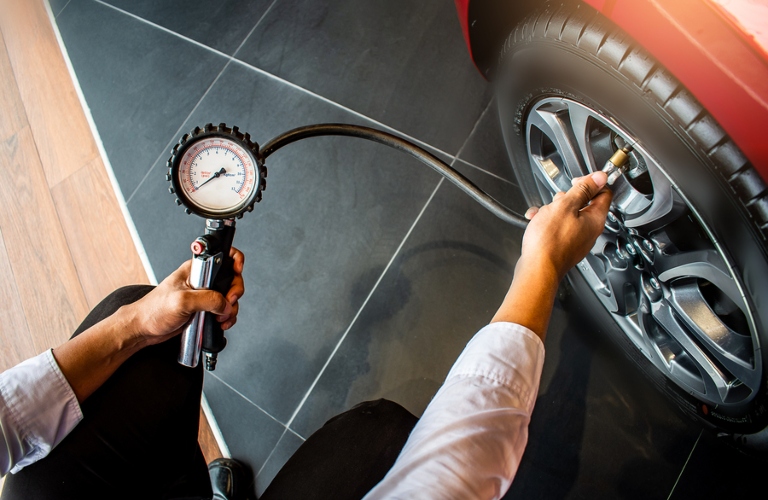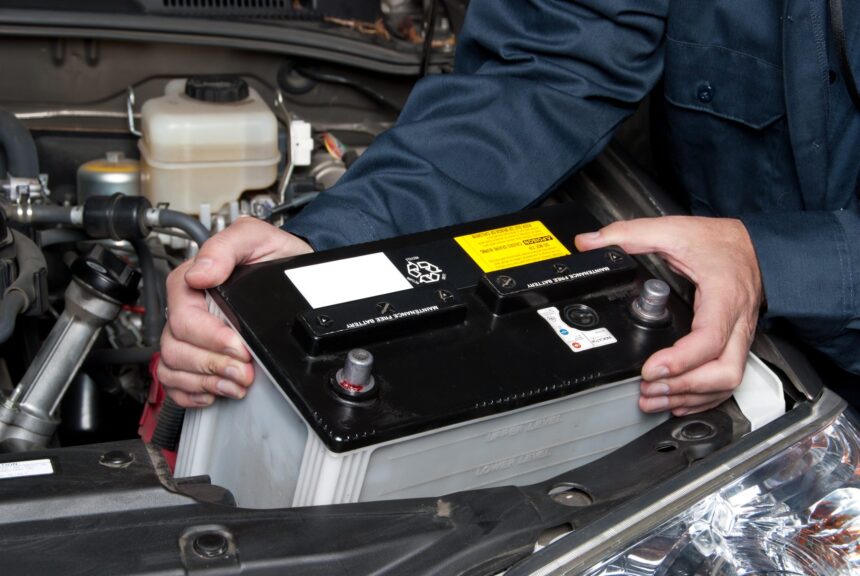Owning a vehicle is a major investment, and just like any other valuable asset, regular maintenance is key to ensuring its longevity and safety. Proper vehicle maintenance not only helps in avoiding costly repairs but also enhances the performance of your car, reduces environmental impact, and keeps you and your passengers safe on the road.
Whether you’re a first-time car owner or have been driving for years, understanding the importance of maintaining your vehicle will go a long way toward preserving its value.
In this article, we’ll cover essential tips and best practices to help you maintain your vehicle, maximize its lifespan, and ensure it’s operating at peak safety standards.
Why You Should Maintain Your Vehicle
Maintaining your vehicle is more than just keeping it clean and making sure it looks good. Regular maintenance ensures that your car runs efficiently and that its major components, such as the engine, brakes, tires, and battery, remain in optimal condition.
When you stay on top of your vehicle’s upkeep, you can prevent major breakdowns and expensive repairs down the line. Additionally, keeping your vehicle well-maintained can also improve its fuel efficiency, which can save you money on gas.
1. Follow the Manufacturer’s Maintenance Schedule
Every car comes with a manufacturer-recommended maintenance schedule, which outlines the intervals at which various services should be performed. Whether it’s oil changes, tire rotations, or fluid checks, following this schedule ensures that your vehicle stays in top shape. Many modern cars have a built-in reminder system that alerts you when it’s time for routine maintenance, so make sure to pay attention to these notifications.
2. Keep Your Vehicle Clean
A clean vehicle is not only more visually appealing, but it also contributes to its longevity. Washing your car regularly removes dirt, debris, and contaminants that can cause damage to the paint and the body. Additionally, cleaning the interior of your vehicle helps preserve the upholstery, dashboard, and other surfaces, keeping them in good condition for longer.
Don’t forget to clean the undercarriage of your car, especially if you live in areas where roads are salted in the winter. Salt can corrode the metal components of your vehicle, leading to rust over time. If you’re not sure how to clean the undercarriage, consider taking your car to a professional car wash that offers this service.
3. Change Your Oil Regularly
One of the most important aspects of vehicle maintenance is changing the oil at regular intervals. Oil lubricates the engine, reducing friction and heat buildup that could lead to costly damage. Over time, oil becomes less effective as it breaks down and collects impurities. Changing the oil regularly helps maintain engine health and ensures that your vehicle continues to run smoothly.
Check the manufacturer’s guidelines for the recommended oil change intervals, which usually range from every 3,000 to 7,500 miles. If you’re unsure, consider opting for synthetic oil, which lasts longer and provides better protection for your engine.
4. Monitor Tire Health
Your tires are the only point of contact between your vehicle and the road, which makes them one of the most crucial safety features of your car. To ensure your tires remain in good condition, it’s important to regularly check their air pressure, tread depth, and overall wear.
- Tire Pressure: Under-inflated tires can reduce fuel efficiency and cause excessive tire wear. Over-inflated tires can lead to poor handling and increased risk of a blowout. Check your tire pressure at least once a month and before long trips. Refer to your vehicle’s manual for the recommended pressure.
- Tread Depth: Tires with insufficient tread depth reduce traction, increasing the risk of accidents, especially in wet or slippery conditions. Use a tread depth gauge or the “penny test” to check tire wear. If the tread is too shallow, it’s time to replace your tires.
- Tire Rotation: Rotating your tires regularly ensures even wear and helps extend their lifespan. Your mechanic will typically rotate the tires every 6,000 to 8,000 miles.
5. Check Fluid Levels
Your vehicle uses a variety of fluids to keep its various systems running smoothly. Regularly checking and topping off fluids is an essential part of maintaining your vehicle.
- Engine Oil: As mentioned earlier, oil lubricates the engine to prevent wear and tear. If your oil level is low, top it up to avoid engine damage.
- Coolant: The coolant helps regulate the engine’s temperature, preventing it from overheating. Make sure the coolant level is sufficient and top it up if necessary.
- Brake Fluid: Brake fluid is essential for the operation of your braking system. Low brake fluid can affect braking performance, so check it regularly.
- Transmission Fluid: This fluid keeps the transmission running smoothly. Low or dirty transmission fluid can lead to costly repairs, so ensure that it’s checked regularly.
6. Inspect the Brakes

Your vehicle’s braking system is critical to your safety, and maintaining it should always be a priority. Brake pads wear down over time and need to be replaced periodically. If you notice any of the following signs, it’s time to have your brakes inspected:
- Squeaking or grinding noises when braking.
- Reduced braking responsiveness or increased stopping distance.
- Vibrations or pulsations when pressing the brake pedal.
A professional mechanic should inspect your brakes regularly to ensure that the pads, discs, and other components are in good condition.
7. Maintain the Battery
A car battery provides the power needed to start the engine and run the electrical systems. Over time, the battery can lose its charge or fail, leaving you stranded. To maintain your battery:
- Check the battery terminals: Ensure that the battery terminals are clean and free of corrosion. If you see any corrosion, clean the terminals with a mixture of baking soda and water.
- Test the battery: If your car is having trouble starting, it may be a sign of a weak battery. Many auto parts stores offer free battery testing.
- Replace the battery: If your battery is more than three years old and showing signs of wear, it’s a good idea to replace it to avoid unexpected failures.
8. Replace Air and Cabin Filters
The air filter prevents dirt and debris from entering the engine, while the cabin filter keeps the air inside the vehicle clean for you and your passengers. Both filters need to be replaced regularly to ensure proper airflow and prevent engine damage.
Check the air filter every 12,000 to 15,000 miles, and replace it if it’s dirty or clogged. Similarly, replace the cabin filter every 15,000 to 20,000 miles, or according to your vehicle’s recommendation.
9. Pay Attention to the Suspension System
The suspension system in your vehicle ensures a smooth ride by absorbing shocks and impacts from the road. Over time, parts of the suspension system, such as shocks and struts, may wear out and require replacement. Signs of suspension issues include:
- Excessive bouncing or swaying while driving.
- Uneven tire wear.
- Difficulty steering or a noticeable pull to one side.
If you notice any of these symptoms, it’s important to have the suspension system inspected and repaired by a professional.
10. Pay Attention to Warning Lights
Modern vehicles are equipped with a range of warning lights that alert you to potential problems. These lights can indicate anything from low oil pressure to issues with the braking system. Ignoring these warning signs can lead to more severe damage.
If a warning light comes on, refer to your owner’s manual to determine the issue. If you’re unsure about the severity, it’s always best to have your car inspected by a mechanic to prevent further damage.
11. Keep Track of Recalls
Occasionally, manufacturers issue recalls for certain vehicles due to safety concerns or faulty parts. Stay informed about any recalls for your vehicle by checking the National Highway Traffic Safety Administration (NHTSA) website or by signing up for notifications from your car’s manufacturer. If your vehicle is subject to a recall, get it repaired as soon as possible to avoid safety risks.
Conclusion
Maintaining your vehicle is an ongoing process that requires attention to detail and a commitment to regular service. By following the tips outlined in this article, you can ensure that your vehicle remains reliable, efficient, and safe for years to come.
Whether it’s performing simple checks on the oil and tires or seeking professional help for more complex issues, taking care of your car will not only save you money in the long run but also provide peace of mind every time you hit the road.

